Pokémon Go Evolves into a Strand Game
2024-09-19 11:28:05Source:JuxiaAuthor:Juxia
Since its debut in 2016, Pokémon Go has always emphasized the joy of playing together. The game’s core experience revolved around walking with friends and enjoying collaborative adventures. Although the pandemic disrupted this communal aspect, Niantic made attempts to revive it with features like routes and parties. However, these efforts didn’t quite catch on. Now, it seems Pokémon Go is embracing a new concept: the strand game.
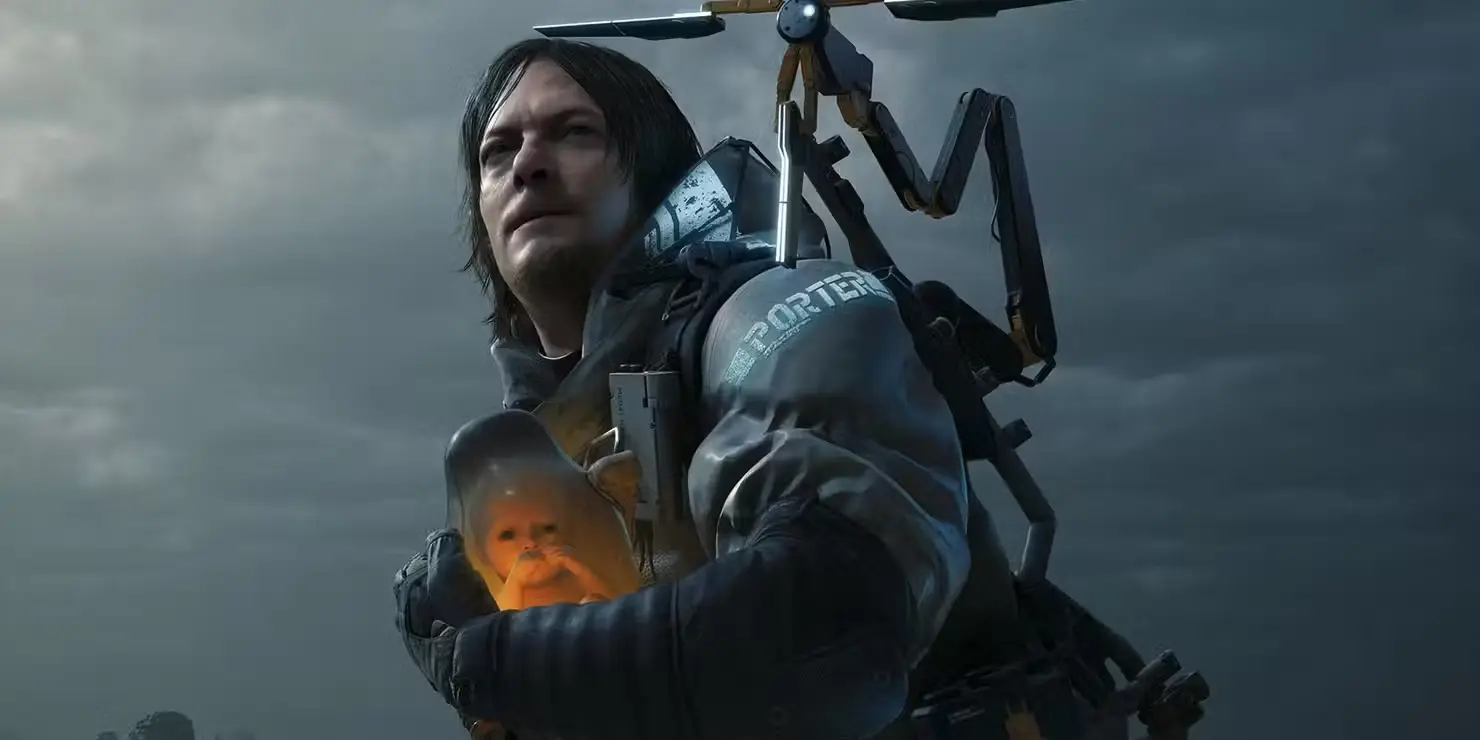
But what exactly is a strand game? The term originates from Hideo Kojima’s vision in Death Stranding, where players leave helpful items for each other in a primarily single-player environment. This innovative idea introduces a new level of connectivity, allowing players to support one another through shared resources, like ladders or vehicles, even if they never meet directly.
This concept has inspired other games as well. Xalavier Nelson Jr.’s Witch Strandings is a notable example, and Legends: Arceus also incorporated a similar mechanic with its satchel collection service. Now, Niantic has introduced this strand-like idea into Pokémon Go.
The latest feature, Max Battles, embodies this strand game approach. While the battles themselves resemble traditional gym battles—with added teamwork elements like Max Guard and Max Spirit to aid allies—the post-battle mechanics highlight the strand experience.

When players win a Max Battle, they can leave behind a Dynamax-capable Pokémon at the location. Instead of posing a challenge like a gym, this Pokémon acts as a support for future trainers who attempt the Max Battle. For instance, if you’ve left a Skwovet behind, it will assist anyone who engages in the battle after you. This represents a fundamental aspect of strand gaming: leaving a helpful digital footprint in the world for others to benefit from.
This shift from direct cooperation to strand mechanics aligns with the current trajectory of Pokémon Go. In recent times, the local community has diminished due to Niantic’s remote raid restrictions, drastically reducing player numbers. Where once crowds of players gathered for raids and shiny hunts, now only a few dedicated individuals might coordinate a route to maximize their chances of success.
The numbers had already dwindled from pre-pandemic days. I recall the excitement of quickly filling five raid lobbies when Mewtwo was released, with hundreds of players coming together for a legendary catch—a spectacle that seemed extraordinary at the time.

Pokémon Go hasn’t disappeared, but it has faced numerous challenges and adjustments. Niantic’s new game, Monster Hunter Now, marks their first successful evolution of the Pokémon Go formula. As they reassess the game that once captivated millions, it’s clear that the initial spark has waned.
Will the transition to strand mechanics attract new players? It’s unlikely to spark a massive resurgence. Dynamax’s limited application, restricted to PvE battles, may not be enough to revive the game’s former glory. However, for those who continue to play, the ability to leave a Pokémon to assist others adds a positive element to the experience. If Pokémon Go embraces strand-like cooperation, there may still be a glimmer of hope for its future.
Related Articles
-
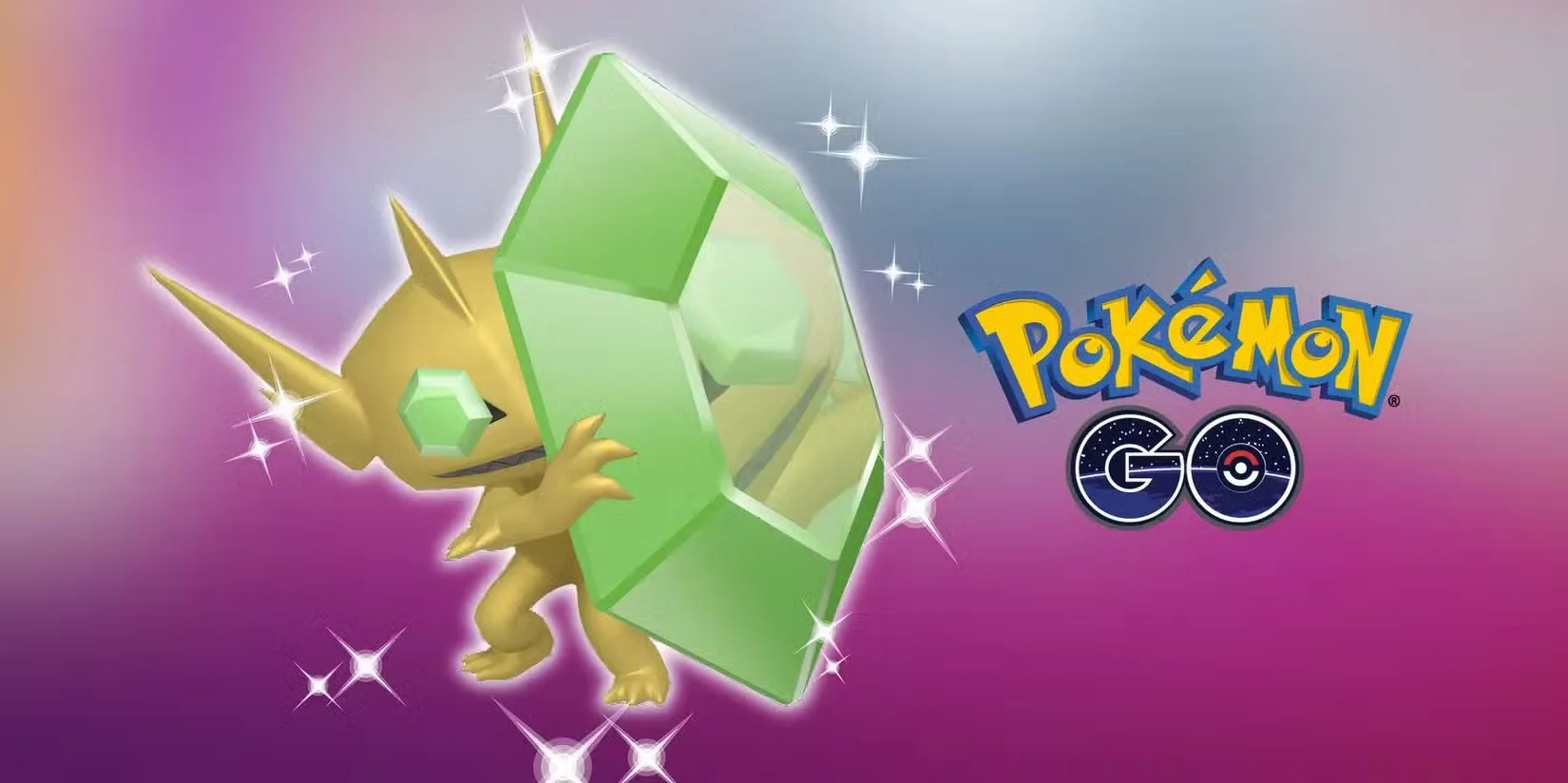
Pokémon GO: How to Obtain Shiny Mega Sableye
2024-10-28
-
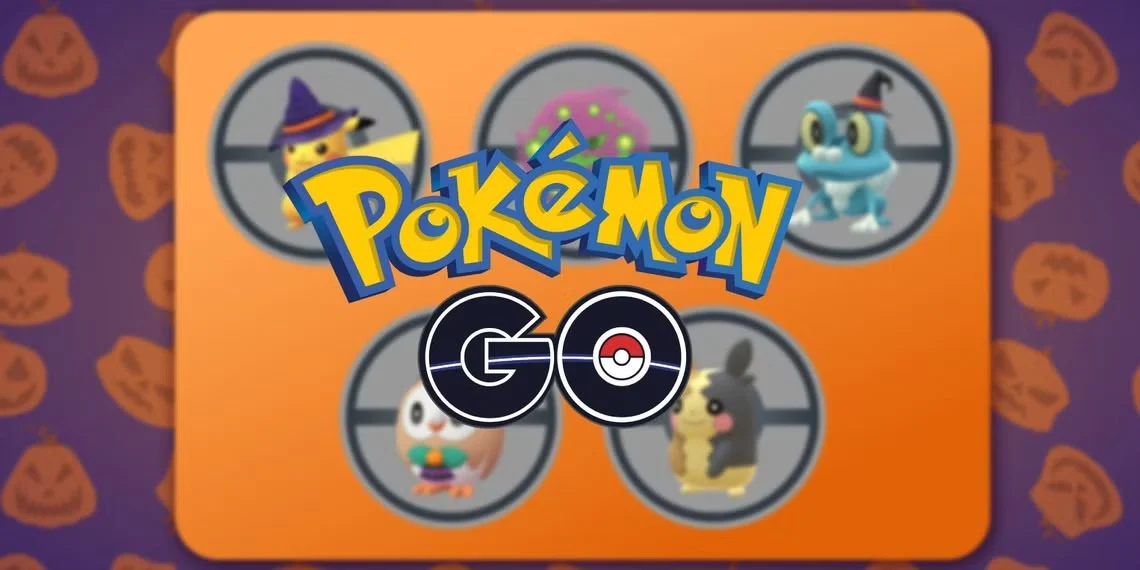
Pokémon GO Halloween Event: How to Get Every Costumed Pokémon and Their Shiny Forms
2024-10-24
-

Pokémon GO Halloween Event Part 2 Unveils Spooky Costumes and Gigantamax Excitement
2024-10-23
-
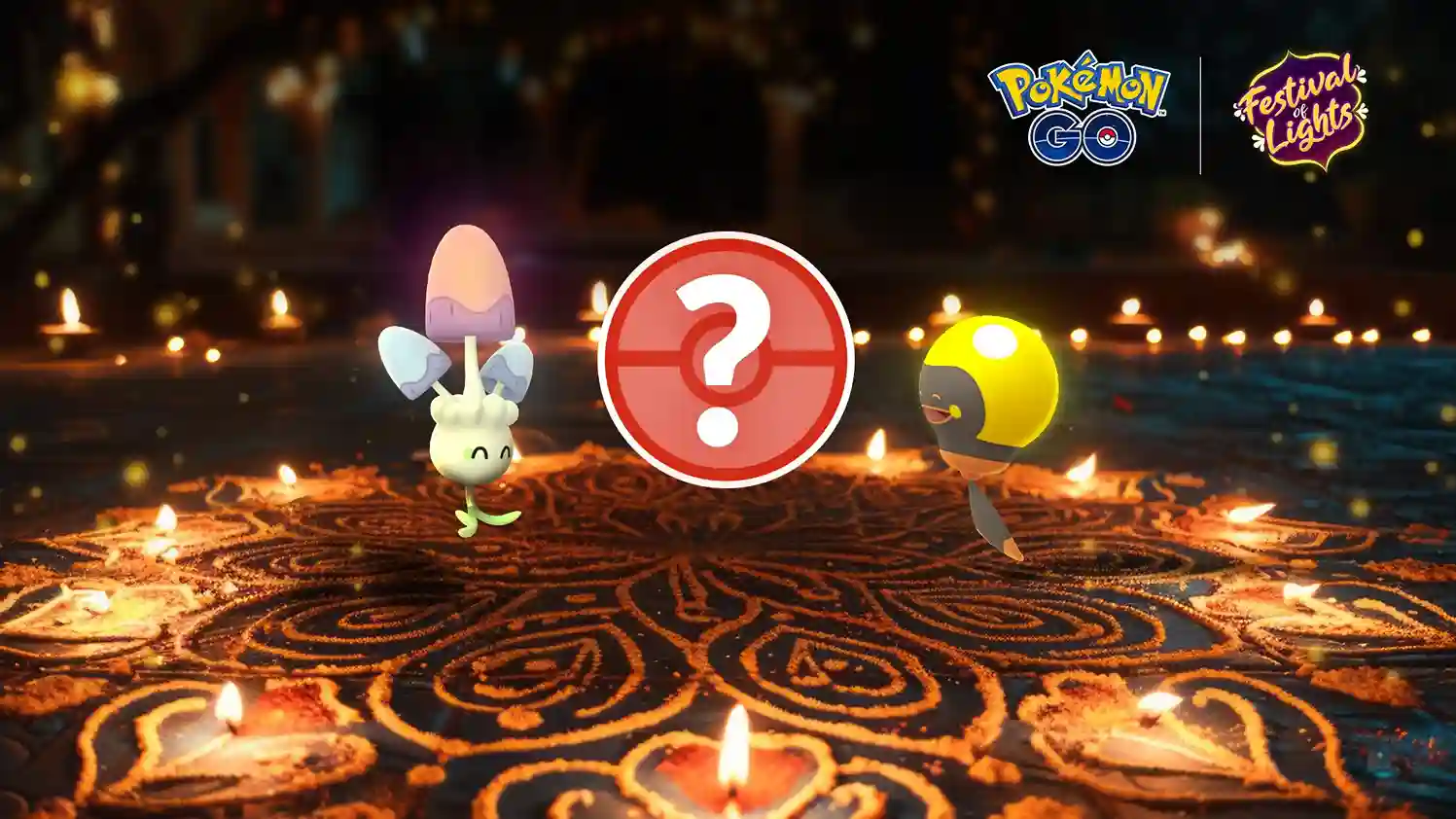
Pokémon GO Introduces New Pokémon, But with a Twist
2024-10-14
-
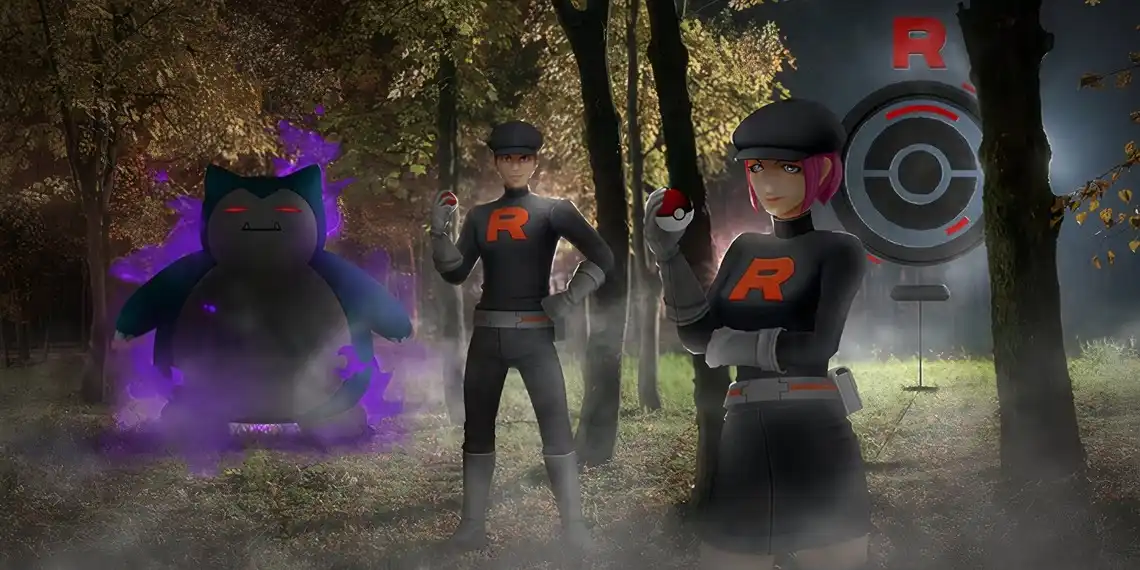
Pokémon GO Issues Odd Notification to Florida Player Just Before Hurricane Milton
2024-10-11
-
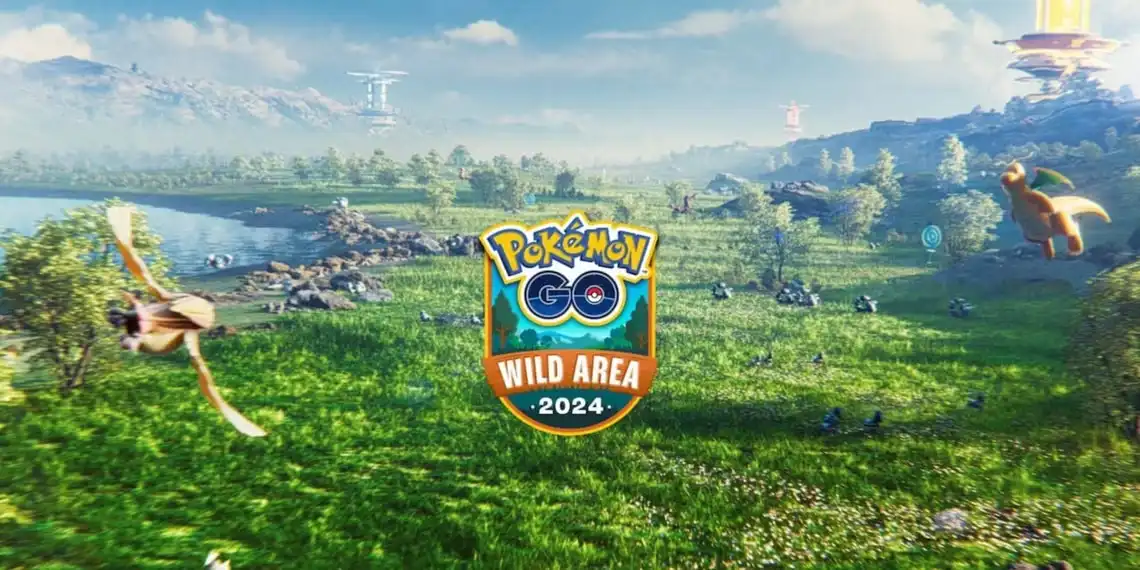
Pokémon GO Wild Area 2024 Introduces Exciting New Event Pokémon
2024-10-09
-
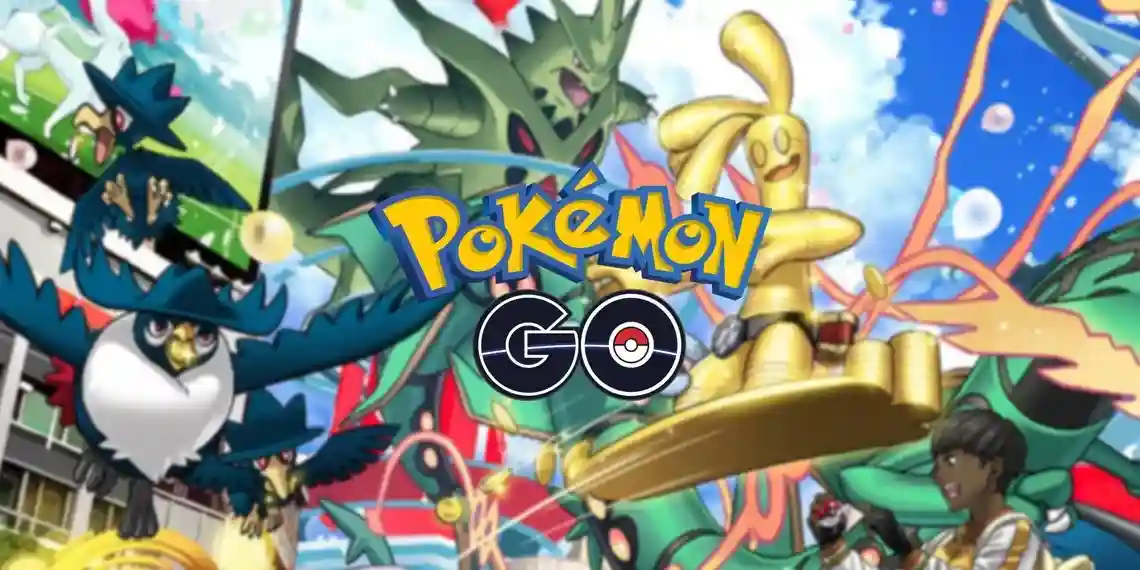
Pokémon GO: October 8 Is An Exciting Day for Pokémon GO Enthusiasts
2024-10-08
-

Pokémon GO Players Can Now Unlock a New Master Ball
2024-10-07
-
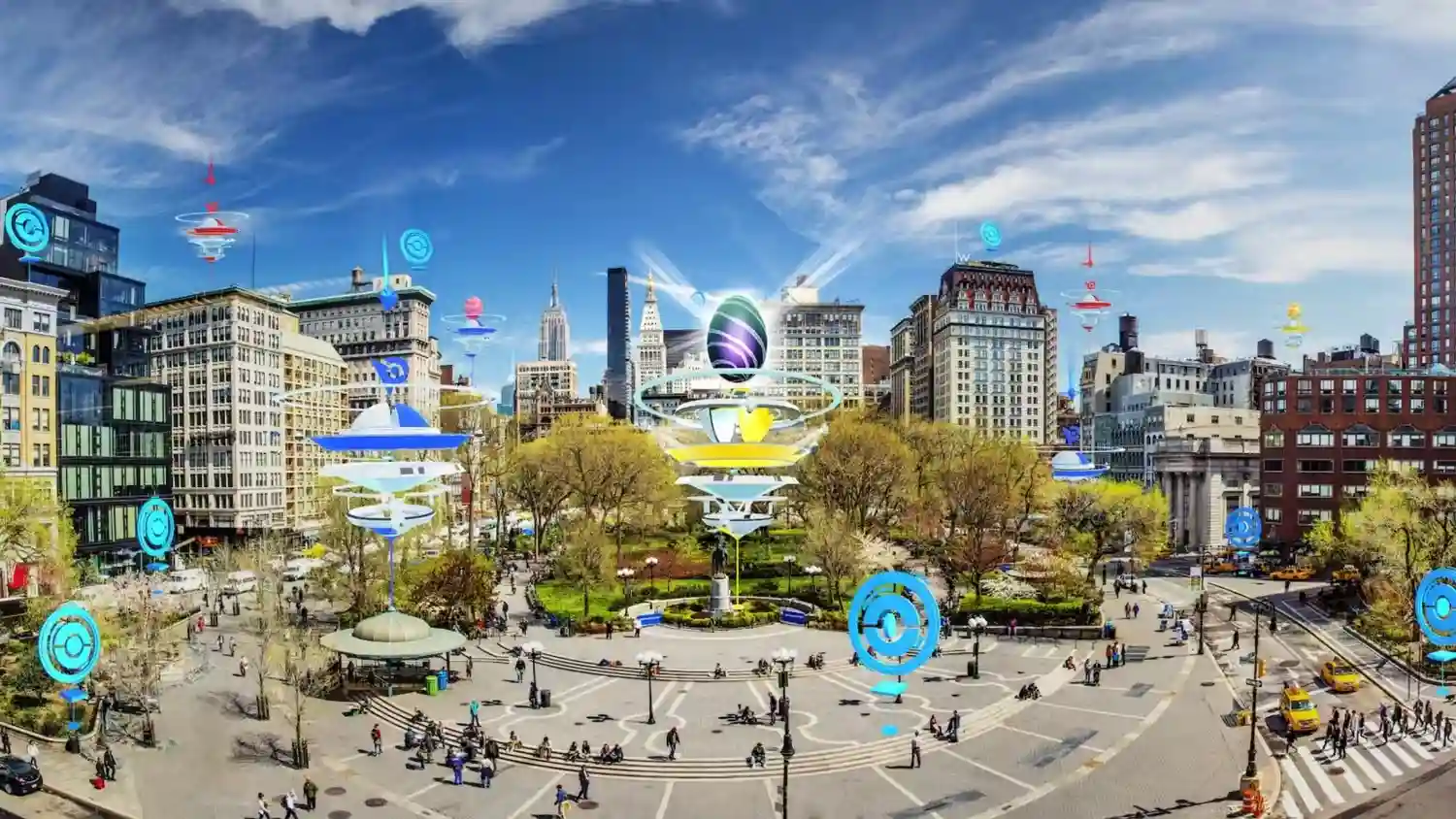
Pokémon GO: Is the Game Approaching the Limits of Its Location-Based Mechanics?
2024-10-07
-
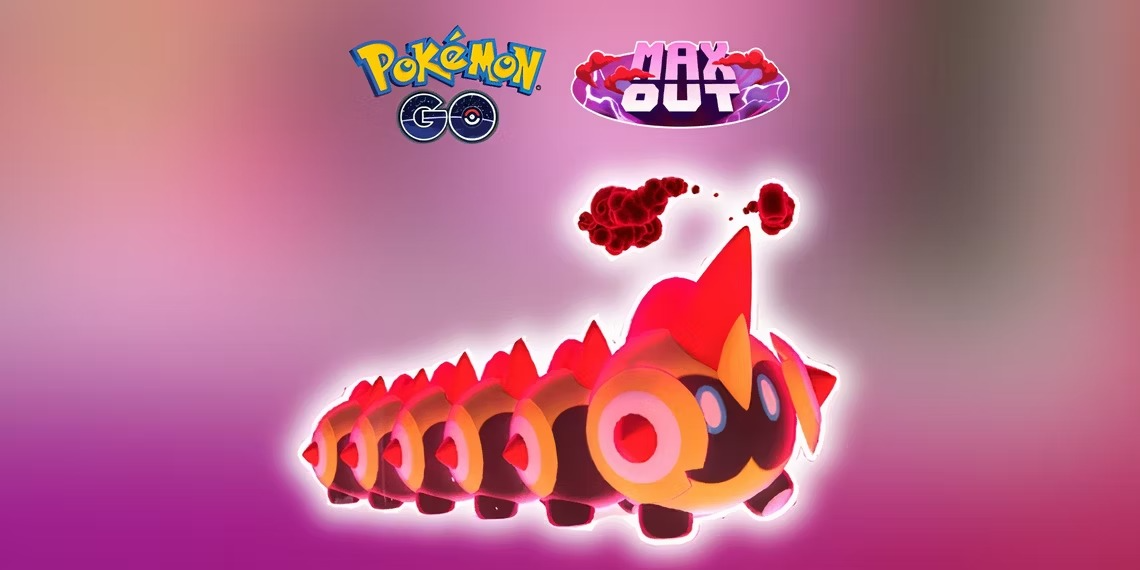
Pokémon GO: Falinks Max Battle Guide – Top Counters, Weaknesses, and Ideal Moveset
2024-10-04


